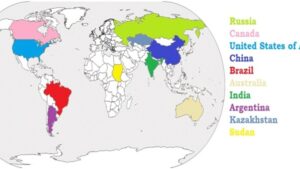Top 10 African countries with intense Cocao production 2024
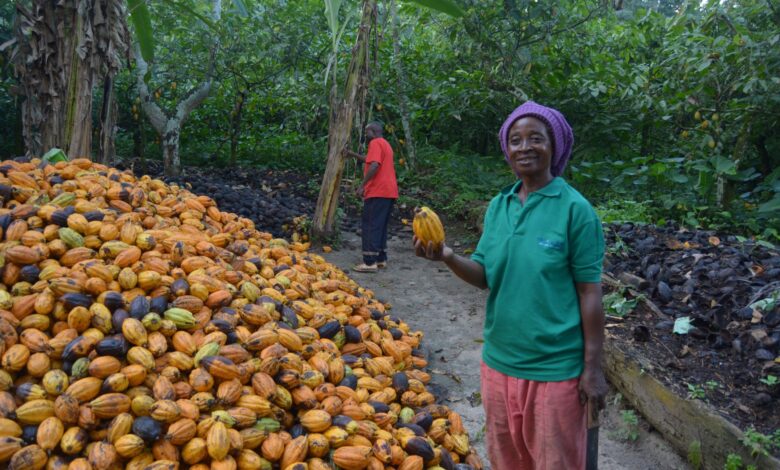
Africa is the leading continent in cocoa production, supplying a significant portion of the world’s cocoa beans. With ideal climate conditions and a rich agricultural heritage, African countries have emerged as major players in the global cocoa industry. In this comprehensive overview, we will explore the Top 10 African countries with intense cocoa production, their contributions to the cocoa market, and the challenges they face in sustaining this vital sector.
1. Ivory Coast: The Crown Jewel of Cocoa Production
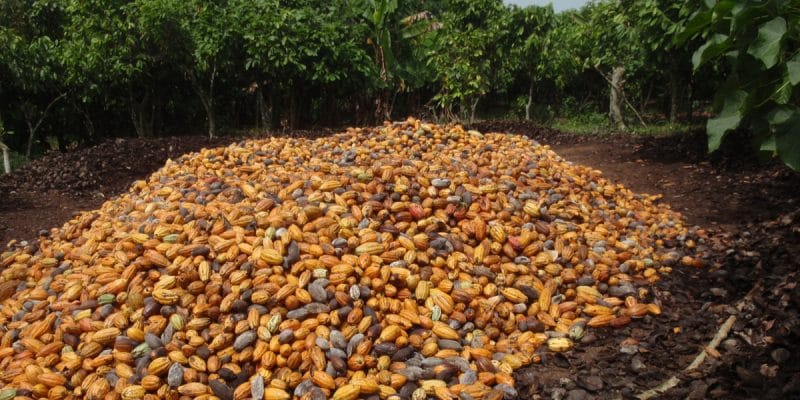
At the forefront of cocoa production in Africa stands the Ivory Coast. This West African nation claims the top spot as the largest cocoa producer in the world, supplying over 30% of global cocoa beans. With an annual production of 2.2 million metric tons, Ivory Coast’s cocoa industry is the cornerstone of its economy, accounting for 40.2% of its export income. Approximately 600,000 farmers and 6 million people depend on cocoa for their livelihoods in Ivory Coast.
Despite its success, Ivory Coast faces deforestation and child labour challenges. To combat these issues, Ivory Coast has partnered with Ghana, another major cocoa-producing country, to tackle deforestation, eradicate child labour, and improve the welfare of cocoa farmers. This collaboration demonstrates the commitment of these nations to sustainable cocoa production.
2. Ghana: A Rich Heritage in Cocoa
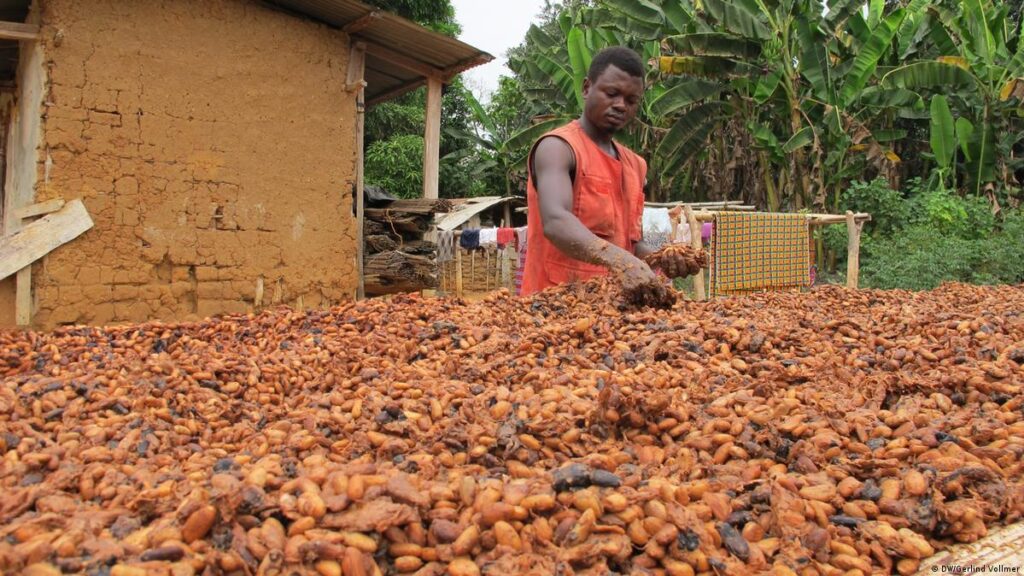
Following closely behind Ivory Coast, Ghana is the second-largest cocoa exporter in Africa and the world. With an annual production of approximately 1.1 million metric tons, cocoa is the main cash crop in Ghana, occupying around 1.9 million hectares of land. Over 800,000 farmers rely on cocoa for their livelihoods, making it a vital sector of the Ghanaian economy.
More than 70% of Ghana’s cocoa is exported to Europe and America, with a quarter processed domestically. In a bid to increase local processing, Ghana has partnered with China to establish a new $60 million cocoa processing factory, aiming to process 50% of its cocoa beans within the country. This initiative not only adds value to the cocoa industry but also creates employment opportunities and boosts the economy.
3. Nigeria: Cultivating Cocoa in the Giant of Africa
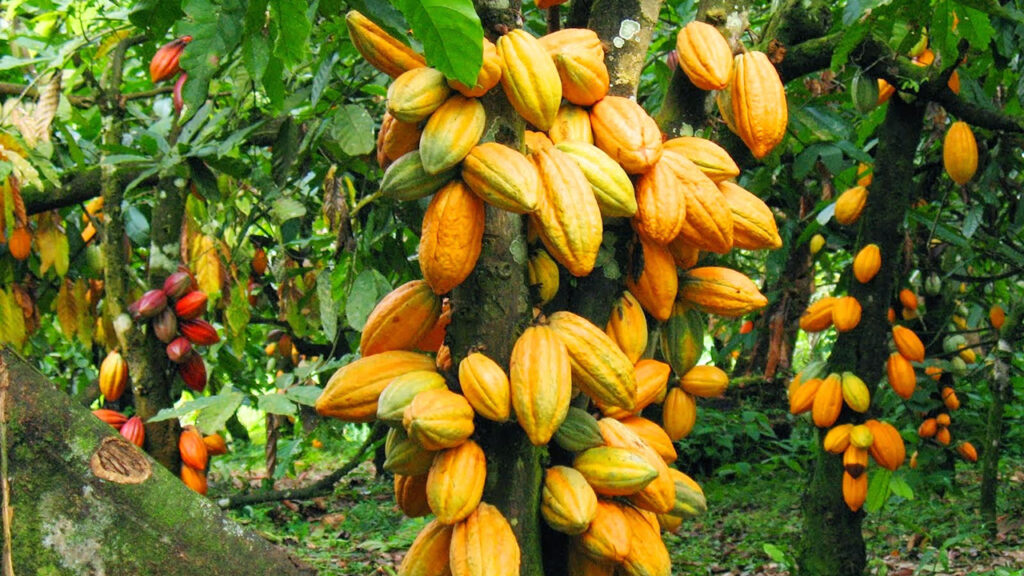
Nigeria, the most populous country in Africa, is a significant producer of cocoa. With an annual production of 340,000 metric tons, cocoa is the largest agricultural export for Nigeria, supporting 300,000 farmers and occupying 800,000 hectares of land. However, cocoa production in Nigeria has declined in recent years due to the country’s focus on crude oil after its discovery.
Despite the challenges, Nigeria remains a key cocoa-producing country, particularly in the southwest regions of Ondo, Ogun, Osun, Oyo, and Ekiti. The government aims to revitalize the cocoa sector by implementing policies and initiatives that promote cocoa farming, increase productivity, and improve the livelihoods of cocoa farmers.
4. Cameroon: Nurturing Cocoa in Central Africa
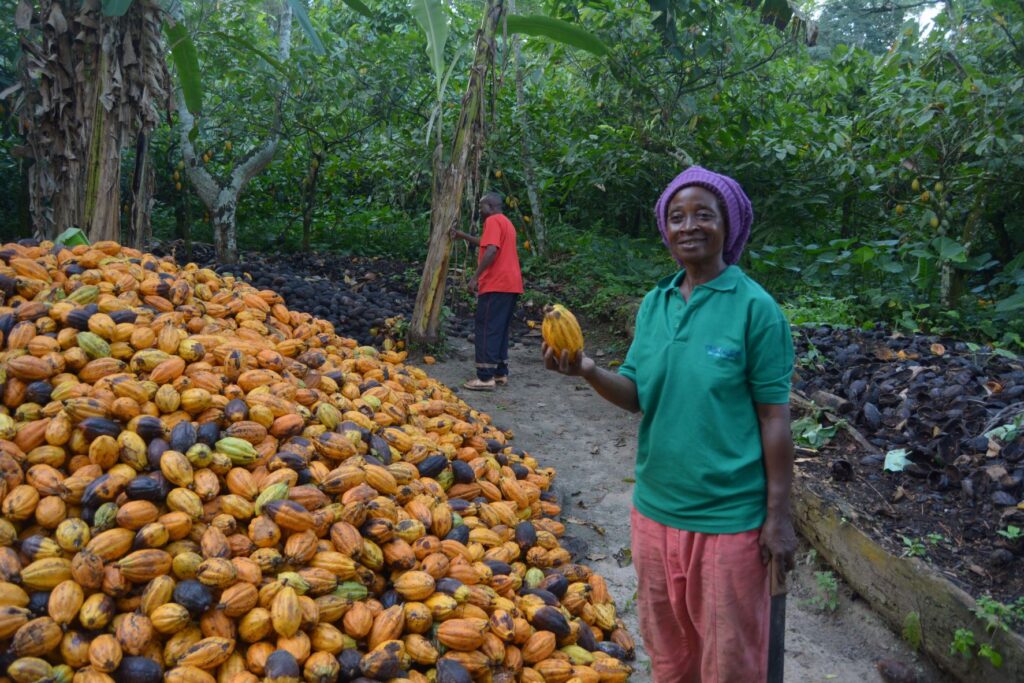
Cameroon, located in Central Africa, is the fourth-largest cocoa producer in Africa. With an annual production ranging between 230,000 and 290,000 metric tons, cocoa is a vital source of state revenue and economic activity in rural areas. Small-scale farmers, predominantly located in forested and savannah areas, cultivate cocoa beans in Cameroon.
Approximately 75% of Cameroon’s cocoa production is exported as raw beans. The country has been working to increase value addition and local processing, aiming to retain a larger share of the cocoa industry’s economic benefits. Cameroon’s commitment to sustainable cocoa production has also led to initiatives promoting fair trade and environmental conservation.
5. Uganda: Rising Star in Cocoa Production
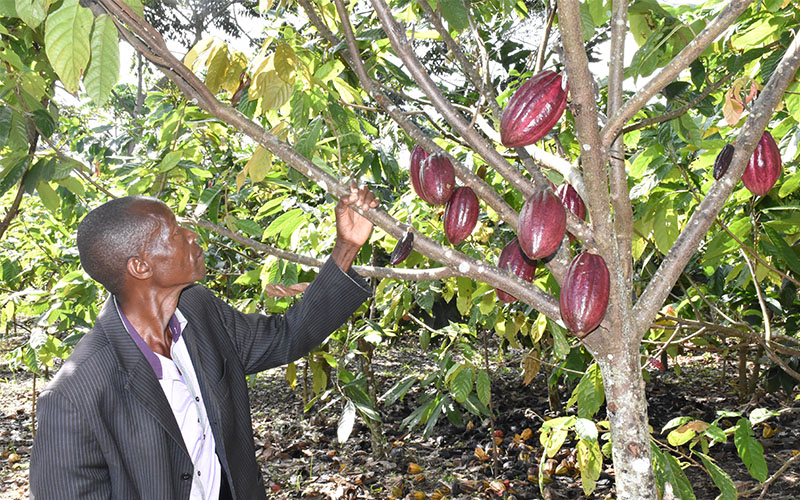
Uganda, known for its diverse agricultural sector, has emerged as a rising star in cocoa production. With an annual production of over 35,000 metric tons, cocoa is Uganda’s fourth-largest commodity export after coffee, tea, and fish. The country’s cocoa industry has experienced steady growth in recent years, driven by the demand for its organic and fine-flavored cocoa beans.
Uganda’s cocoa is highly competitive in the international market, renowned for its quality and suitability for processing high-quality chocolates. As the industry continues to expand, Uganda aims to enhance its cocoa value chain, improve productivity, and empower farmers to reap the full benefits of cocoa cultivation.
6. Liberia: Small But Significant Cocoa Producer
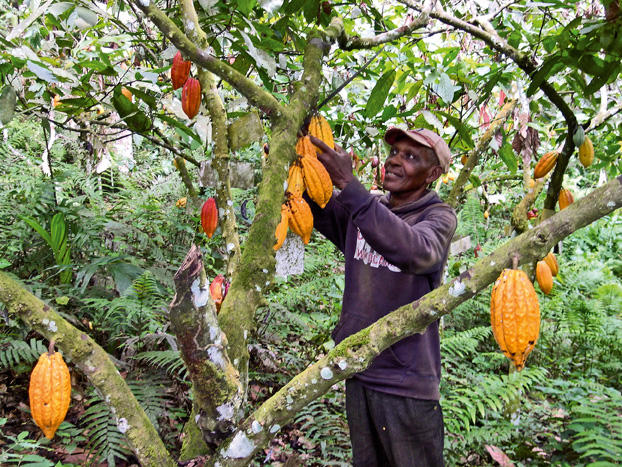
Liberia, though a relatively small cocoa-producing country, plays a significant role in Africa’s cocoa industry. With an annual production of approximately 14,000 metric tons, cocoa cultivation in Liberia is primarily carried out by smallholder farmers. The country’s cocoa beans contribute to the global supply and support the livelihoods of local farmers.
Liberia’s cocoa sector has the potential for further growth and development. By providing support to smallholder farmers, improving infrastructure, and promoting sustainable farming practices, Liberia can maximize its cocoa production and contribute more significantly to the industry.
7. Madagascar: Exquisite Cocoa from the Indian Ocean
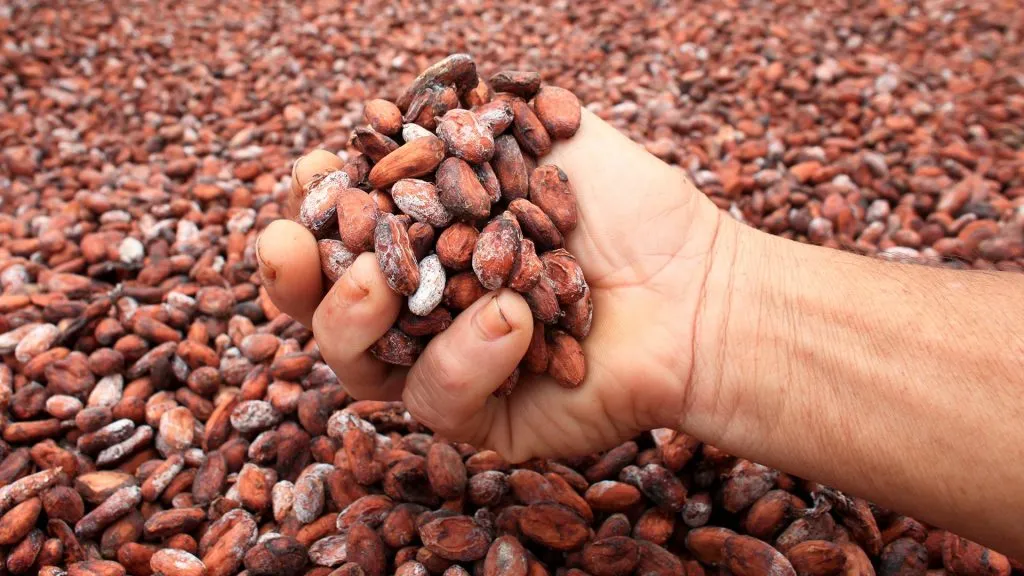
Madagascar, an island nation in the Indian Ocean, is renowned for its exquisite cocoa beans. With an annual production of around 12,500 metric tons, Madagascar contributes approximately 0.5% to global cocoa production, ranking as the seventh-highest cocoa-producing country in Africa.
Madagascan cocoa is highly sought after for its unique flavour profiles and fine quality. The country’s cocoa industry focuses on producing premium beans that cater to the high-end chocolate market. As demand for speciality chocolates continues to rise, Madagascar’s cocoa sector holds great potential for growth and economic development.
8. Guinea: Cultivating Cocoa in West Africa
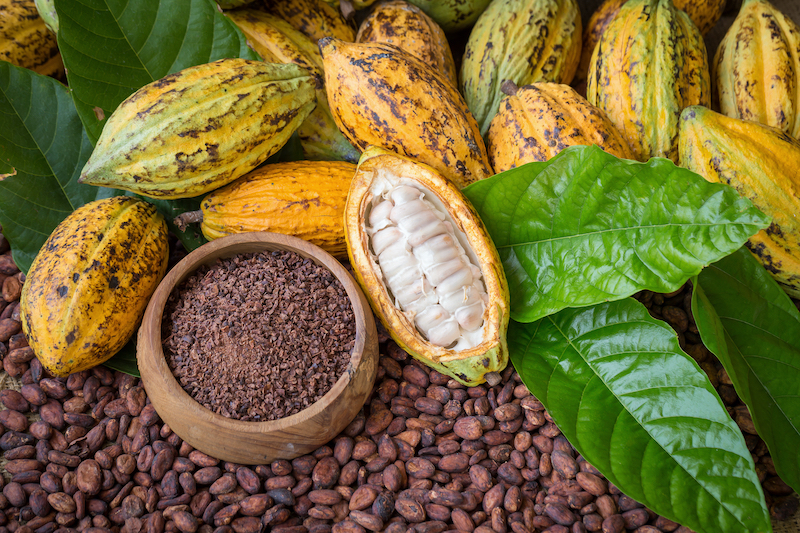
Guinea, located in West Africa, is a significant cocoa producer, contributing to the region’s cocoa industry. With an annual production of approximately 12,000 metric tons, cocoa plays a vital role in Guinea’s agricultural sector. Approximately 75% of the Guinean population is engaged in agriculture, with cocoa farming providing employment opportunities and income.
Guinea aims to strengthen its cocoa sector by implementing policies that promote sustainable farming practices, enhance productivity, and improve the livelihoods of cocoa farmers. By focusing on value addition and market access, Guinea seeks to maximize the economic benefits derived from cocoa cultivation.
9. Sierra Leone: Nurturing Cocoa on the West Coast
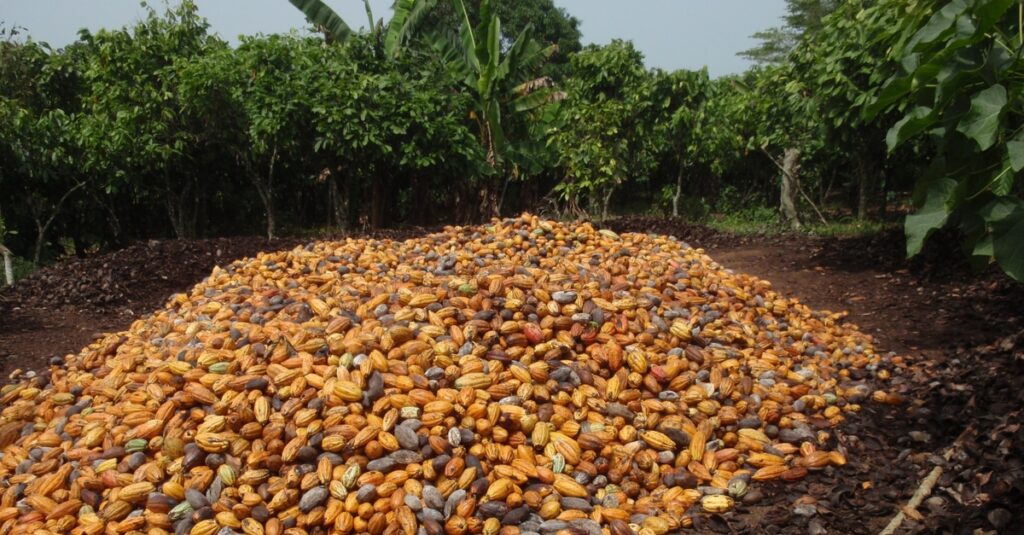
Sierra Leone, a West African nation, is a modest cocoa producer with an annual production of approximately 11,500 metric tons. The majority of Sierra Leone’s cocoa beans are exported to the Netherlands, with additional markets including Belgium, the United States, Italy, and Malaysia.
Cocoa beans are the fifth-largest export commodity for Sierra Leone, contributing to the country’s economic growth and development. As the cocoa industry continues to evolve, Sierra Leone aims to enhance its cocoa value chain, improve quality standards, and increase market access to create sustainable opportunities for cocoa farmers.
10. Togo: Agricultural Riches in a Small Package
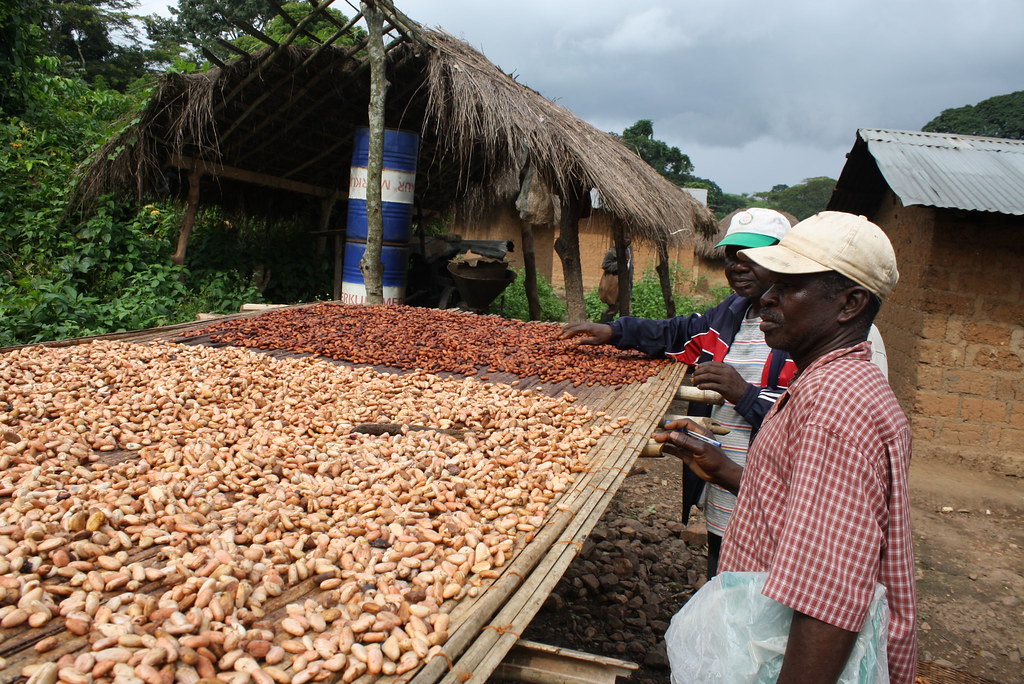
Togo, despite its small size, possesses valuable agricultural resources, including cocoa beans. With an annual production of approximately 10,000 metric tons, Togo is the tenth-highest cocoa-producing country in Africa. The country’s export sector, based on agricultural products such as coffee, cocoa beans, and peanuts, generates a significant portion of its foreign currency earnings.
Togo aims to harness the potential of its cocoa industry by promoting sustainable farming practices, increasing productivity, and improving market access. By investing in infrastructure, research, and training, Togo can enhance its cocoa sector, contribute to economic growth, and improve the livelihoods of cocoa farmers.
Conclusion: Africa’s Impact on the Global Cocoa Industry
Africa’s prominence in the global cocoa industry is undeniable. The top 10 cocoa-producing countries in Africa, including Ivory Coast, Ghana, Nigeria, Cameroon, Uganda, Liberia, Madagascar, Guinea, Sierra Leone, and Togo, play a vital role in meeting global cocoa demand. These countries face various challenges, from sustainability issues to market access, but their commitment to cocoa cultivation and development remains strong.
As we celebrate the rich heritage and economic contributions of African cocoa-producing countries, it is essential to support sustainable practices, fair trade, and initiatives aimed at improving the livelihoods of cocoa farmers. By doing so, we can ensure the long-term viability of the cocoa industry in Africa and indulge in the pleasures of chocolate, knowing that it is rooted in responsible and ethical production.
[Note: This article is a comprehensive overview of the top 10 cocoa-producing countries in Africa and their contributions to the global cocoa industry. It does not include specific statistics or data related to cocoa production.]

